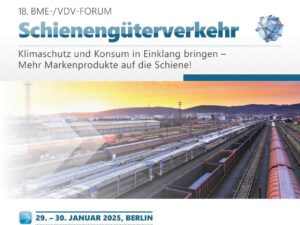In an empty factory hall, which was previously used for winding electrical coils, the global corporation invited to a presentation. The entire district could be seen from the air on a huge screen. The current status or planning details such as media and energy supply, survey data, nature conservation and monument protection appeared with a single click.

In the holistic twin model, all project and live data converge on one platform, according to Siemens. Everyone involved can access this data and work together via the platform.
Cedrik Neike, Member of the Management Board of Siemens AG and CEO of the Digital Industries business unit: “At Siemens, we are convinced of the potential of digitization: We connect the virtual with the real world in order to achieve more with less in industry and infrastructure. As of today we are also doing this for Siemensstadt Square. With a digital city twin, we are simulating and testing the future neighborhood in the digital world in advance so that we can later make it more sustainable, more inclusive and therefore more livable in the real world.”
The company intends to invest up to 600 million euros at the Siemensstadt Square site by 2035. The new city district is to have one million square meters of floor space for industry, commerce, research and teaching, housing, accommodation and social infrastructure. As in the early days, work and living functions are to be combined. In addition, the construction of 2700 apartments is planned. According to Siemens, the use of a digital twin should ensure “optimization of buildings and infrastructures even before they are built”.

Of course, such a booming urban district also needs modern transport links. That’s why the Berlin S-Bahn lyrically announced two years ago: “Siemensbahn will be kissed awake.” By 2029, a 4.5-kilometer S-Bahn line with three new stations is to be reactivated as a feeder to the Stadtbahn ring. This “Siemensbahn” went into operation in 1929, but was discontinued in 1980. Old gravel, dilapidated wooden sleepers, burst concrete platforms, wild weeds and lots of graffiti – the amount of work is considerable. This infrastructure project is supported by the State of Berlin. As part of the i2030 project, Berlin took on the financing of the planning.

In order to make the industrial location fit for the future, a total of two production hubs with around 180,000 m² of floor space are being built, the group explains. “The hub used by Siemens will be located on the site of today’s Dynamowerk. Among other things, the production of the switchgear for medium and low voltage will be integrated here.” In addition, a former shipping hall will be converted into an area for research and development with laboratory zones and a clean room area. In addition to Siemens Technology, the Werner-von-Siemens Center for Industry and Science e.V. (WvSC) will also move into this building.
“History was written at the Siemens location in Spandau, with the Siemensstadt Square the future is now being shaped in Berlin,” says the group in a press release. The claim does not remain in the bold. Young Siemens trainees were also invited to the presentation of the ambitious plans. The “living future” and the structural and planning future: a friendly presentation.
Hermann Schmidtendorf, Editor-in-Chief









